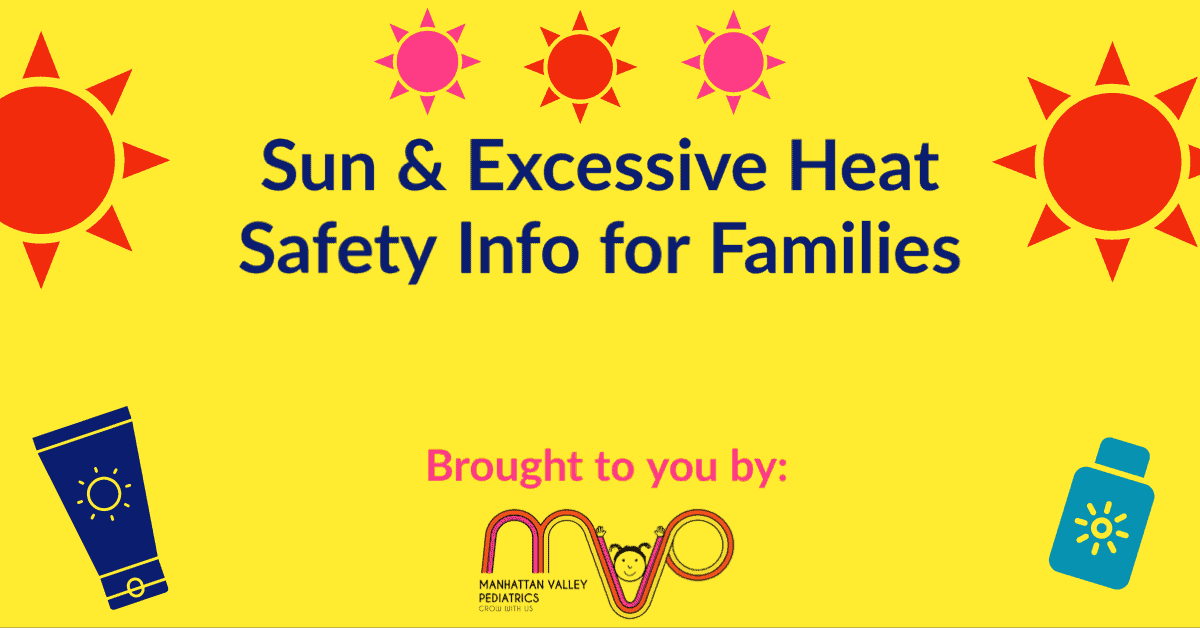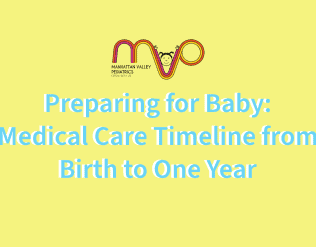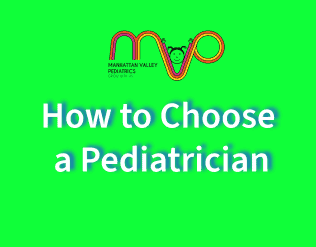Sunscreen & Heat Safety Tips for Families
Happy summer MVP families! Hope you’re staying hydrated and finding lots of ways to stay active while having fun as a family! Please refer to this post when shopping for sunscreen and reapplying wherever your summer plans or travels take you! We’ve included tips on excessive heat since New York City has seen several days well above normal. Stay cool!
Sunscreen Overview:
- What kind of sunscreen is best?
- Use an SPF of 30 or higher. Ideally, 50-70 is even better protection against both UVA & UVB rays, aka broad spectrum
- What are the types of sunscreen?
- MVP recommends mineral sunscreen—we like Blue Lizard Sunscreen This type of mineral based sunscreen acts as a barrier and sits on top of your child’s skin. It contains zinc or titanium. Because it creates a barrier between the sun and your skin, it works immediately. Some come in fun colors that kids may enjoy!
- The other type of sunscreen is called a chemical or organic sunscreen. It absorbs the sun’s rays like a sponge. It lasts longer but may not start working immediately, allowing 15-30 minutes.
- When to use sunscreen?
- Every time your child will be in the sun—playground, pool, beach, sports, convertible car rides, biking, skiing in the winter on cheeks and exposed areas.
- Don’t forget to reapply after swimming and sweating.
- Think baseball fields, soccer games, tennis, parks, playgrounds, pools, sprinklers, beaches, etc.).
- Two hours is a good rule of thumb, but check on sensitive areas often and encourage breaks in full shade.
Other tips for buying and using sunscreen safely:
- Avoid sunscreens with PABA & the ingredient oxybenzone.
- For sensitive skin, choose mineral sunscreen with the active ingredients zinc oxide or titanium dioxide.
- Keep babies 6 months and younger out of the sun. When taking them outside, dress them in light-colored and lightweight clothing. If you can’t avoid the sun, apply a small amount of sunscreen only to the hands or face where exposed. Don’t forget a hat with a wide brim!
Sunburns:
The American Academy of Pediatrics recommends the following guidelines and tips:
When to call the doctor:
- If your baby is younger than 1 year and gets sunburn, call your baby’s doctor right away.
- For older children, call your child’s doctor if there is blistering, pain, or fever.
To soothe a mild sunburn:
- Give your child water or 100% fruit juice to replace lost fluids.
- Use cool water to help your child’s skin feel better.
- Give your child pain medicine to relieve painful sunburns. (For a baby 6 months or younger, give acetaminophen. Give either acetaminophen or ibuprofen to a child older than six months.)
- Only use medicated lotions if you speak with an MVP provider first.
- Keep your child out of the sun until the sunburn is fully healed.
Advice for Managing the Heat with Babies and Children:
- Run errands or take babies and kiddos to classes/parks —the earlier, the better or as the sun has started to set. Avoid the midday searing heat between, say 11 am-2 pm.
- Staying on shady sidewalks and under trees (just remember hats & do your tick checks!) and carrying water from the time you leave the apartment. Many coffee shops like Starbucks will provide water, so stay hydrated.
- Hydrate ALL DAY. Before you go out, while you’re out and when you return home.
- Signs that your child might be having an issue due to excessive heat including but not limited to:
- elevated body temp
- irritation or exhaustion—get inside to a cool location.
- If you need access to the city cooling centers, please use NYC 311 if you’re local to New York City.
- Sweating—while annoying—is a good sign!! On ultra hot days, if you find your child not producing sweat, please seek care and watch out for these specific situations:
- Heat rashes: Resembling pimples, and rashes related to heat exposure are most common near folds of the skin, such as on the neck, elbow creases, and groin.
- Heat cramps may be the first sign of further complications.
- Heat exhaustion: often characterized by cold, pale, and clammy skin accompanied by profuse sweating. Heart rate may be elevated along with a weak pulse, and symptoms such as muscle cramps, nausea, and lightheadedness are often present.
- Heat stroke: a medical emergency characterized by a body temperature of 103.0 F or greater. The skin is often hot and red. Heart rate is often rapid and feels strong rather than weak. Headaches may be present, and lightheadedness may progress to loss of consciousness.
We want everyone to enjoy their summer plans or travels to warm climates. Take these tips along, so you’re prepared for your own peace of mind and care of your child(ren). Enjoy the sunshine!
For any questions about sun or heat exposure, please contact the office to speak with a member of our medical team.




